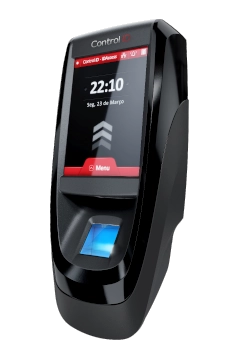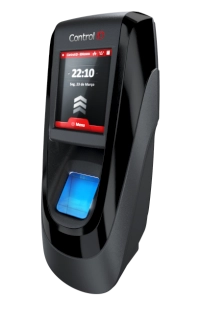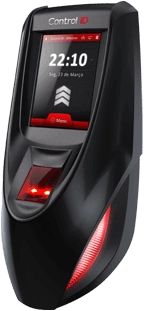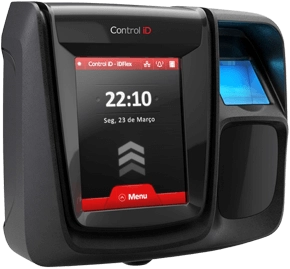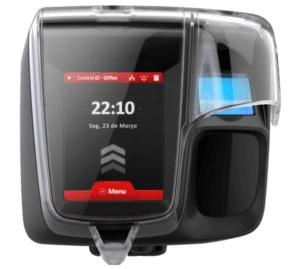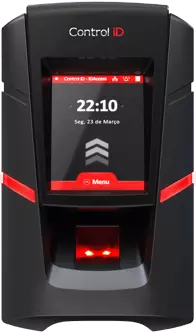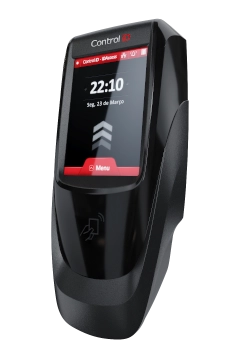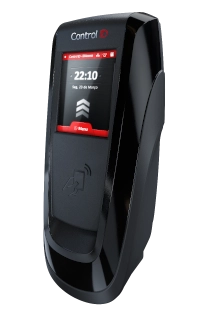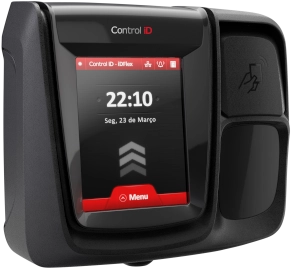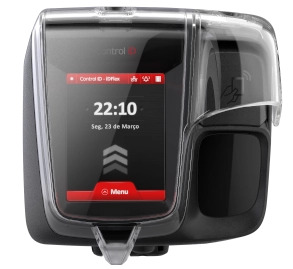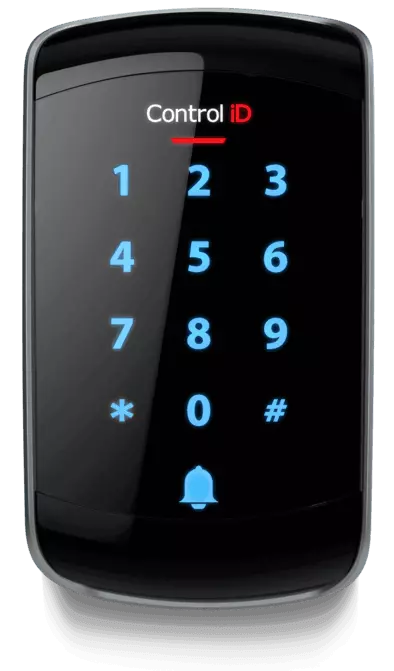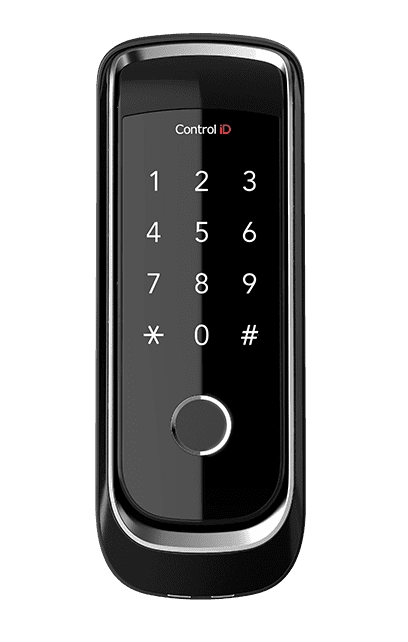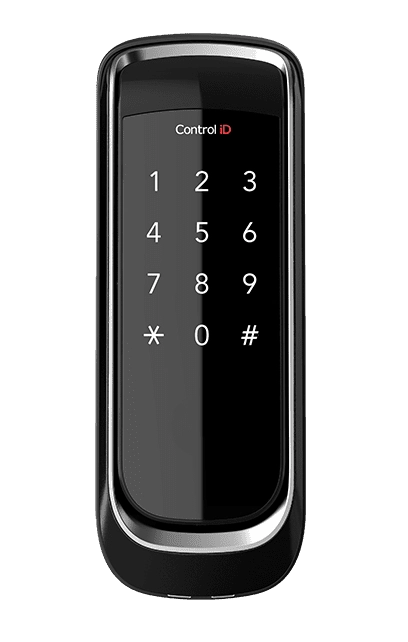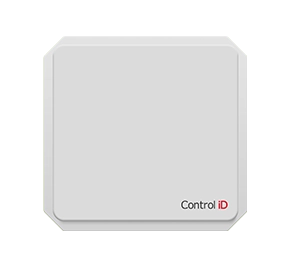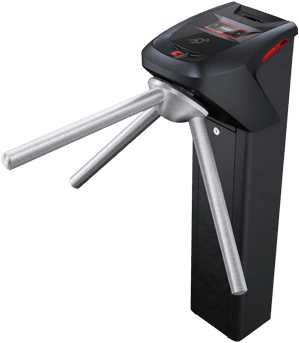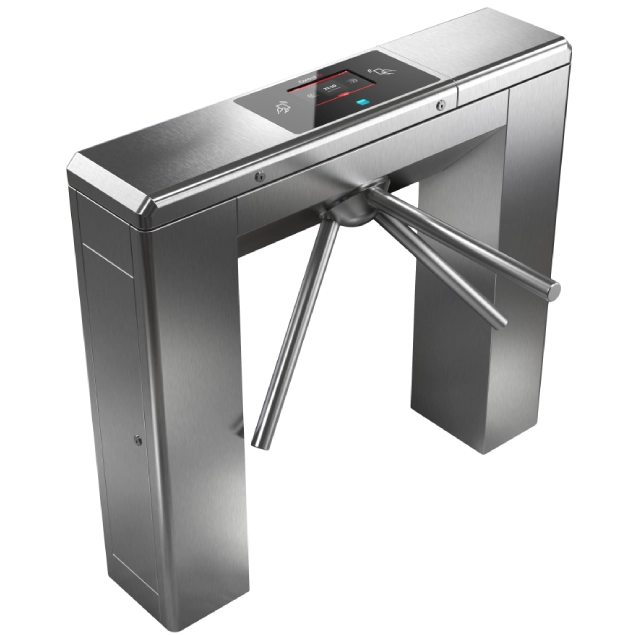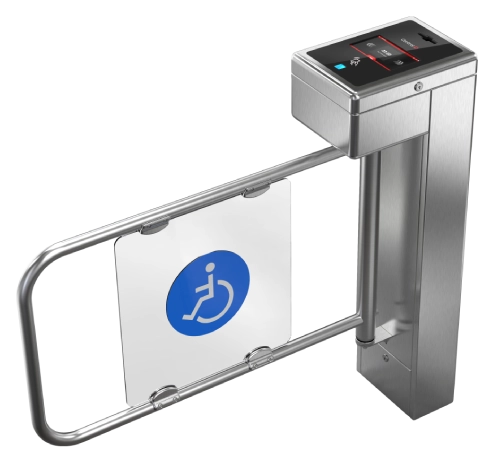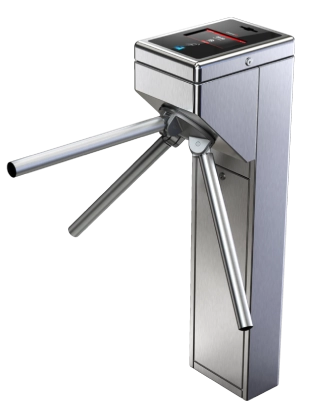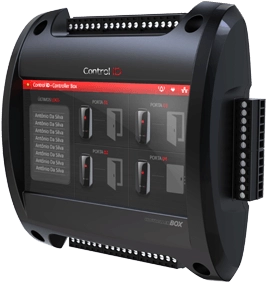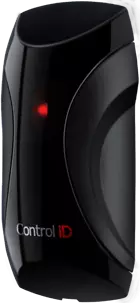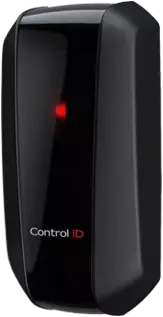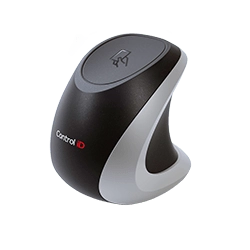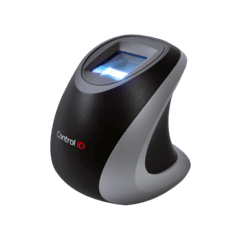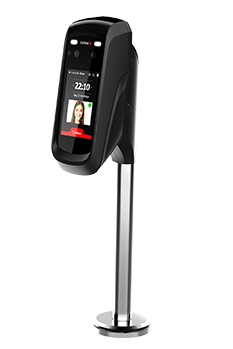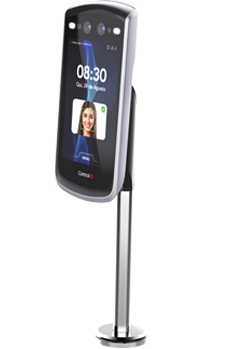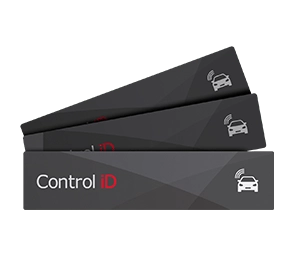Facility access control is a crucial point in building security planning. It is only possible to guarantee property integrity and the well-being of the people inside, with a strict and precise monitoring of everything that enters and leaves the site.
It is also necessary to have a clear definition of which individuals are allowed to access certain areas and what are the procedures for picking up goods and receiving deliveries. Control can be done efficiently and with minimal interference in other activities inside the building.
Standalone is an English term that can be translated as "self-sufficient". That is, a standalone access control equipment is one that does not require auxiliary software or a connection to a network in order to operate.
Control iD offers an extensive portfolio with standalone access control equipment, with biometric reading technology, password and proximity card technologies for access permission identification. Check it out!
What is Access Control?
Access control is a concept that is defined by restricting, authorizing and auditing the access of people and materials to a certain resource, property or location. This is a very important issue when it comes to security.
The term "access" means entering or leaving a given location, using certain equipment or assets, or even consuming a specific service. Access control equipment assigns permission to specific individuals only, requiring authentication so their authorization may be issued and their access released.
As mentioned earlier, the three keywords for a good access control system are:
restriction;
authorization;
auditing.
In this context, restriction refers to allowing only certain people access to something. Authorization means authenticating the individual, identifying him and recognizing his permission in the system prior to release. Auditing is the registration and filing of the access granted, so the identification, dates and schedules, in addition to the activities and places entered, can be investigated in the future.
For a good security process to be idealized, the first area that must be addressed is facility access control. Without precise information regarding who entered or left, the rest of this process will be compromised.
Traditionally, access control is done in a physically, with professionals who perform identification and access audits (security guards, receptionists, doormen, or camera surveillance, for example). However, new technologies make it possible to automate this process, making it safer and reducing costs.
Innovations such as the biometric reader, electronic time attendance device, magnetic or barcode card, electronic turnstile and password authentication systems can be used to control access and ensure safer environments.
Control iD offers multiple automated system solutions, equipped with the latest technological innovations. Its diverse solutions for access control adapt to the specific needs of companies and organizations, of all sizes, including residential use.
Frequently Asked Questions
-
How does electronic access control work?
Electronic or digital access control equipment operate based on the same principle. A user is registered in the equipment and a permission level is assigned to him using one or more functionalities for identification.
Then, whenever access is requested, the device alone will authenticate users through the chosen functionality in the registry (fingerprint biometrics, personal password or attendance card, for example).
If you have the necessary permission, your access will be guaranteed (by integrating the control equipment with locks, doors and other devices that are released with authentication). If not, the system will register the failed attempt and issue an alert.
When multiple control devices are integrated, for the same user, some accesses may be allowed and some may not. Thus, the individual must only be registered once and his or her permission will be inserted in the system as needed.
Alarms against tampering with the control equipment itself can also be built in to ensure the integrity of the equipment and the safety of the system.
-
How to install an automated access control system?
It is possible to install an access control system in any location that has an electrical power source. So, just connect it to the electricity grid and integrate it to the closing device that will work with the access restriction (electromagnetic door, electromechanical or magnetic lock, for example).
-
Why use an access control system?
An access control system is essential to ensure the safety of people and assets present in certain locations. Along with the equipment (such as turnstiles, biometric locks and card readers and badges) and management software, it facilitates entrance and exit monitoring at the facility, as well as granting authorizations based on previously registered permissions.
In the competitive corporate world, whether for large, medium or small companies, ensuring the integrity of assets and information is extremely important. After all, partial or full damage can cause enormous financial losses and event represent the end of your activities.
On the other hand, automating security reduces the likelihood of human failures and fraudulent actions, especially social engineering or attempts involving employees with bad intentions.
The control system is also responsible for ensuring the storage, organization and integrity of access information. Thus, it provides information about who entered the environment or accessed a service and at which schedules. Thus, it supports cause analysis as well as investigating those responsible for a possible security breach.
Finally, investing in a digital access control system generates savings for companies and organizations. As the resources that would be destined to training and maintenance of monitoring teams can be directed to other sectors, saving on working capital and not compromising safety.
-
What forms of identification are available?
Currently, there are three main identification methods used in access control equipment. These include:
use of personal passwords: when registered in the system, each user chooses and registers an access password. Depending on the control equipment, the password can be numeric, alphanumeric or a PIN (Personal Identification Number).
proximity card: the identity of a new user is linked to a proximity card, recognized by radio frequency control equipment. To gain access to the system, simply hold the card near the proximity reader in the control equipment. The card can also be customized to contain owner information such as a badge.
biometrics: the most secure and practical solution, biometric identification technology authenticates users through fingerprint reading. As ever fingerprint is unique, this identification system is almost impossible to be rigged. It also does not require the use of cards or memorizing passwords, and is ideal for environments where registered users rarely access the restricted places.
-
Which environments can use access control devices?
Because they are easy to install and handle, access control equipment can be used to ensure the safety and monitoring of activities in a variety of environments. Thus, they are commonly employed in offices, hospitals, factories, universities, schools, condominiums, government buildings and even private homes.


